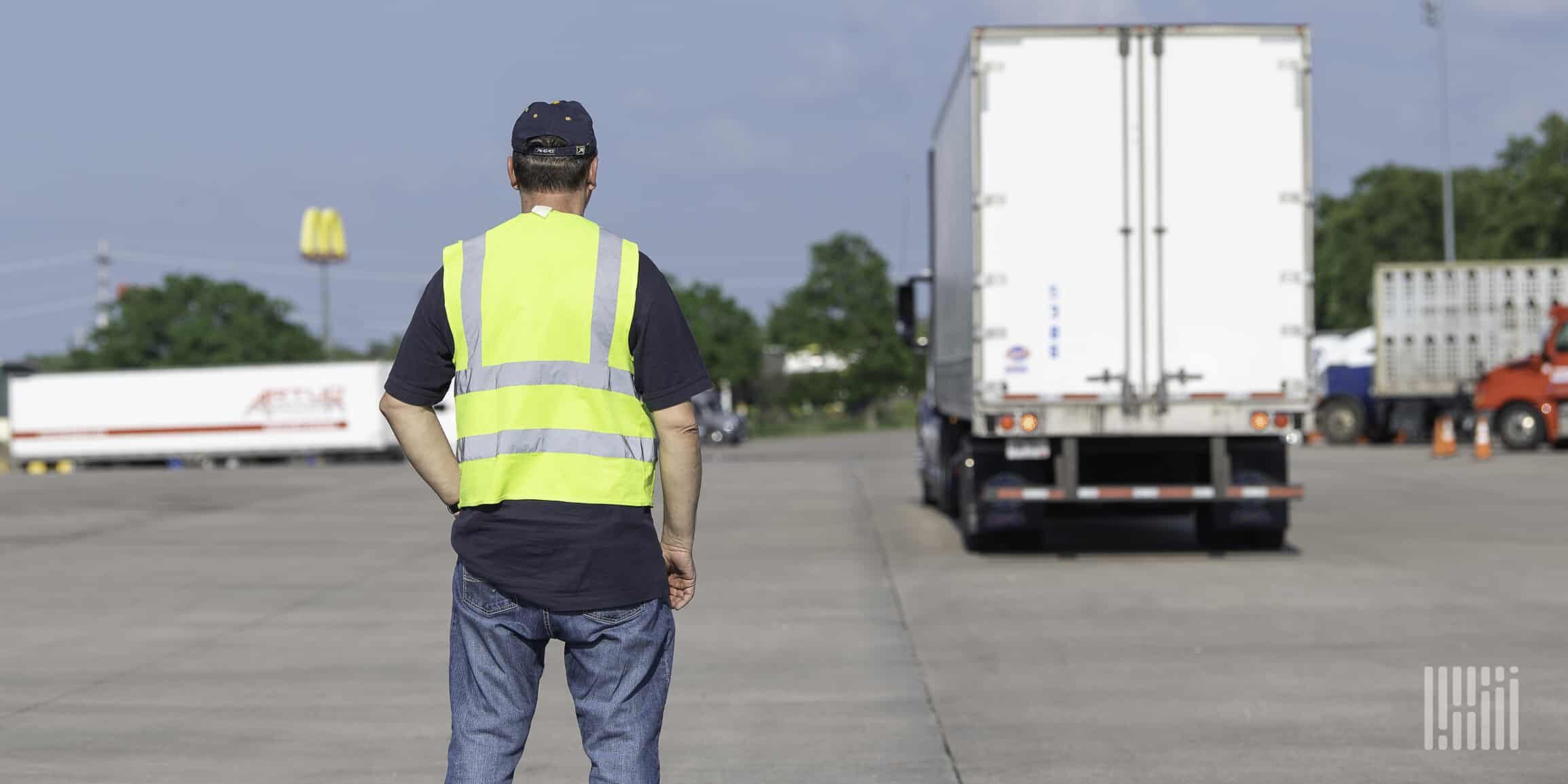Personal conveyance rules are what allows your driver, or you, an owner-operator, to move a commercial motor vehicle outside of the federally mandated hours of service.
In June 2018, the Federal Motor Carrier Safety Administration recognized that sometimes, drivers have a legitimate reason to operate a CMV after HOS. For instance, a delay in unloading a vehicle may cause you to leave the facility even if you are out of hours.
To prevent you from breaking federal service laws, FMCSA loosened its rules, allowing you to get to the nearest, safest location.
Personal Conveyance Rules: The Basics
FMCSA defines personal conveyance as the movement of a CMV for personal use while off duty. Thus, any off-duty or operational activity that does not benefit the motor carrier most likely falls under the guidelines.
Whether the CMV is laden, drivers can now record time for personal conveyance. During this period, safety rules and precautions still apply. The FMCSA encourages motor carriers to implement corporate policies to ensure drivers avoid fines and are HOS-compliant.
When Do FMCSA Rules Apply?
Per the FMCSA rules, the CMV must be off duty in all cases. The proper use of personal conveyance include:
- Time spent moving a CMV to the nearest reasonable, safe location after loading or unloading
- Moving a CMV for safety reasons at the behest of an official
- Time spent to transport personal property while off duty
- Traveling home in a CMV after working at an offsite location (authorized use only)
- Time spent traveling from an en route lodging to recreational facilities
- Commuting time between the driver’s terminal, or trailer-drop lots, or worksites and their residence.
- Time operating a motorcoach sans passengers to an en route lodging or between en route lodgings and recreational facilities.
Exceptions to the Rules
On the other hand, personal conveyance does not apply in the following cases:
- Time spent moving the CMV to the motor carrier’s terminal after loading or unloading
- Bypassing available rest stops to get closer to the upcoming loading or unloading facility
- Operating an off-duty CMV with passengers on board.
- Driving a CMV to a facility for maintenance
- Time spent delivering luggage when passengers have disembarked from the motor coach
What Happens if You Break Personal Conveyance Rules?
Violating corporate personal conveyance rules can result in fines, dismissal, and other penalties, depending on your motor carrier’s policies. Even though federal personal conveyance rules are not mandatory, drivers are still subject to Federal Motor Carrier Safety Regulations and must adhere to all the laws during personal conveyance.
For example, the FMCSA’s zero tolerance and penalties for fatigued driving still apply even when the driver is off duty. This helps to protect the driver, other motorists, pedestrians, and the motor carrier.
Bottom Line
Although personal conveyance rules are allowable under the law, they are not a requirement. In most cases, motor carriers decide to allow personal conveyance at all and to what degree. As a result, some impose mileage restrictions — for instance, 40 to 50 miles — or restrict this period to a specific time of the day.
The FMCSA rules on personal conveyance are essential, as they help to prevent the violation of any federal laws.
Sign up for a FreightWaves e-newsletter to stay informed of all news and trends impacting supply chain careers and operations.

